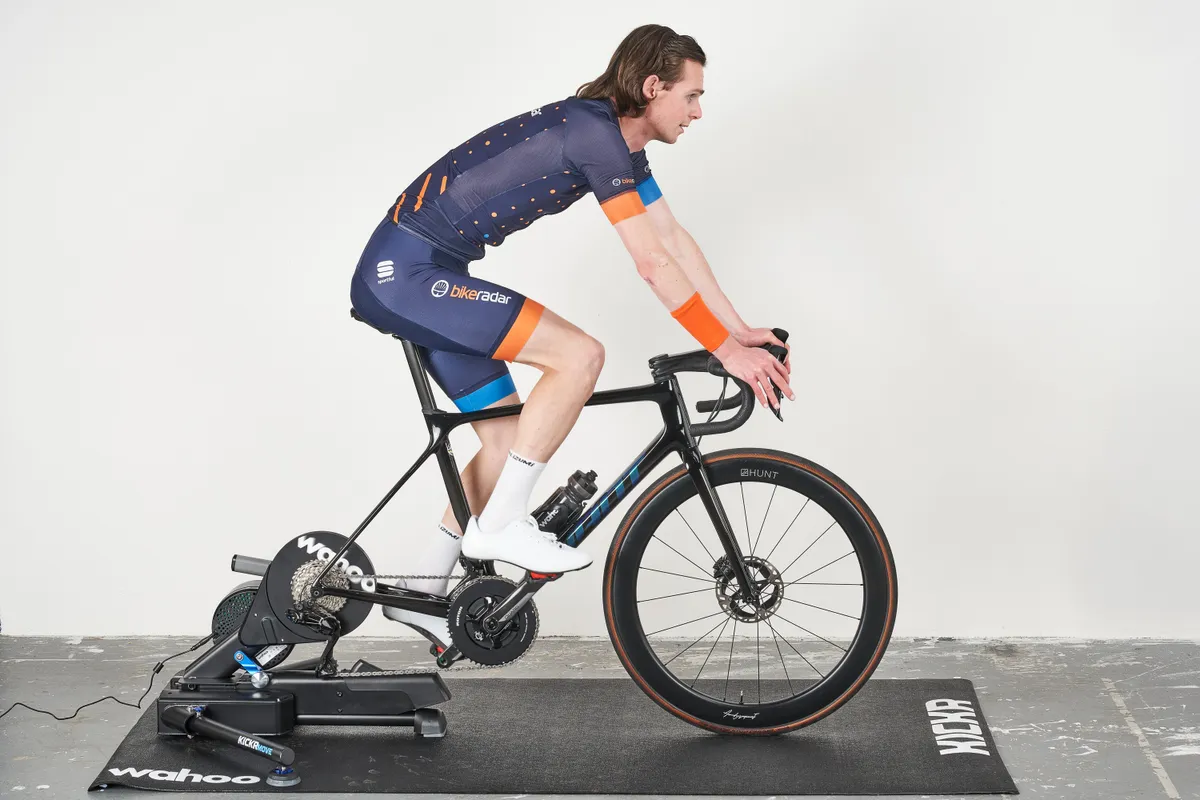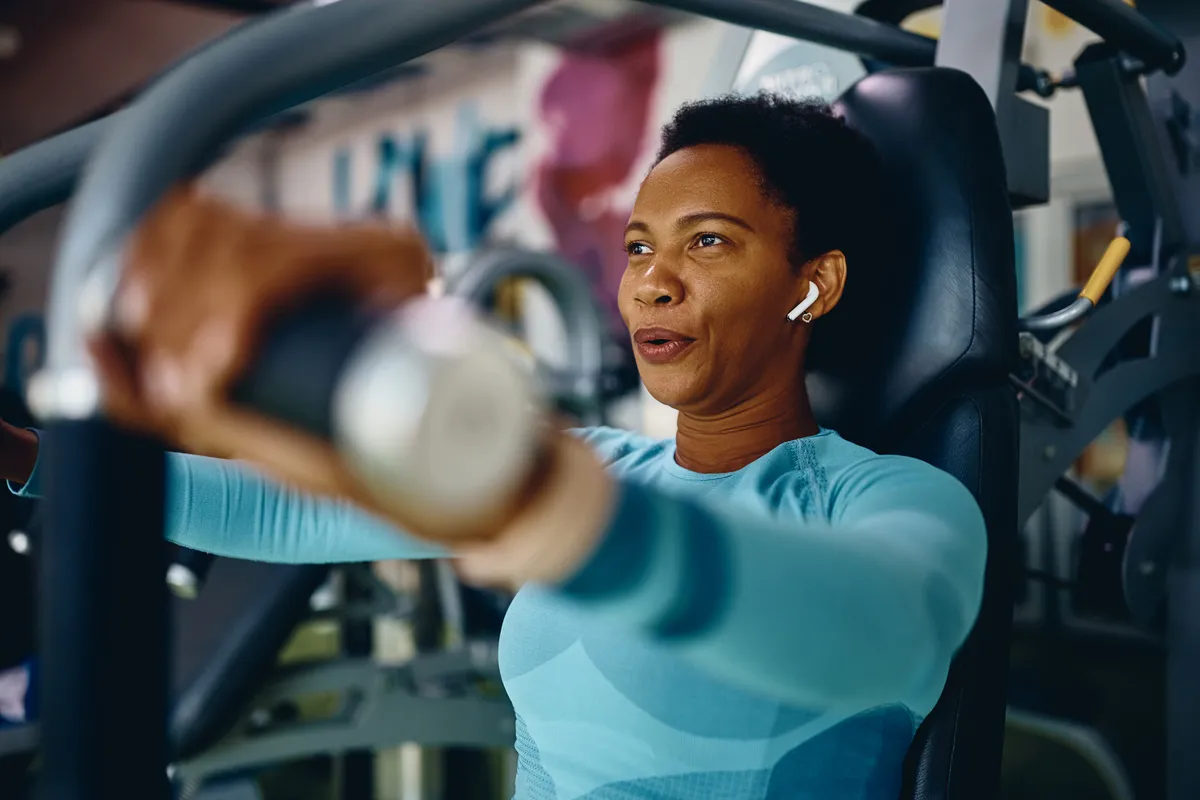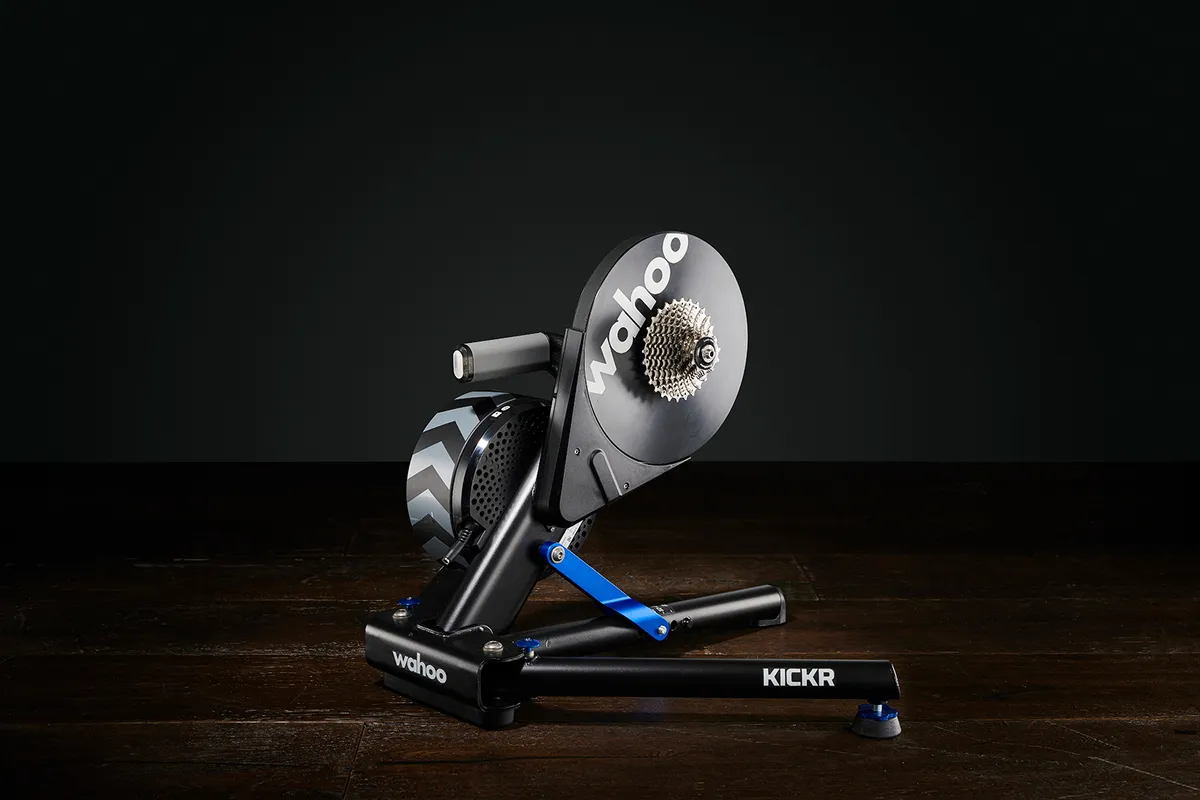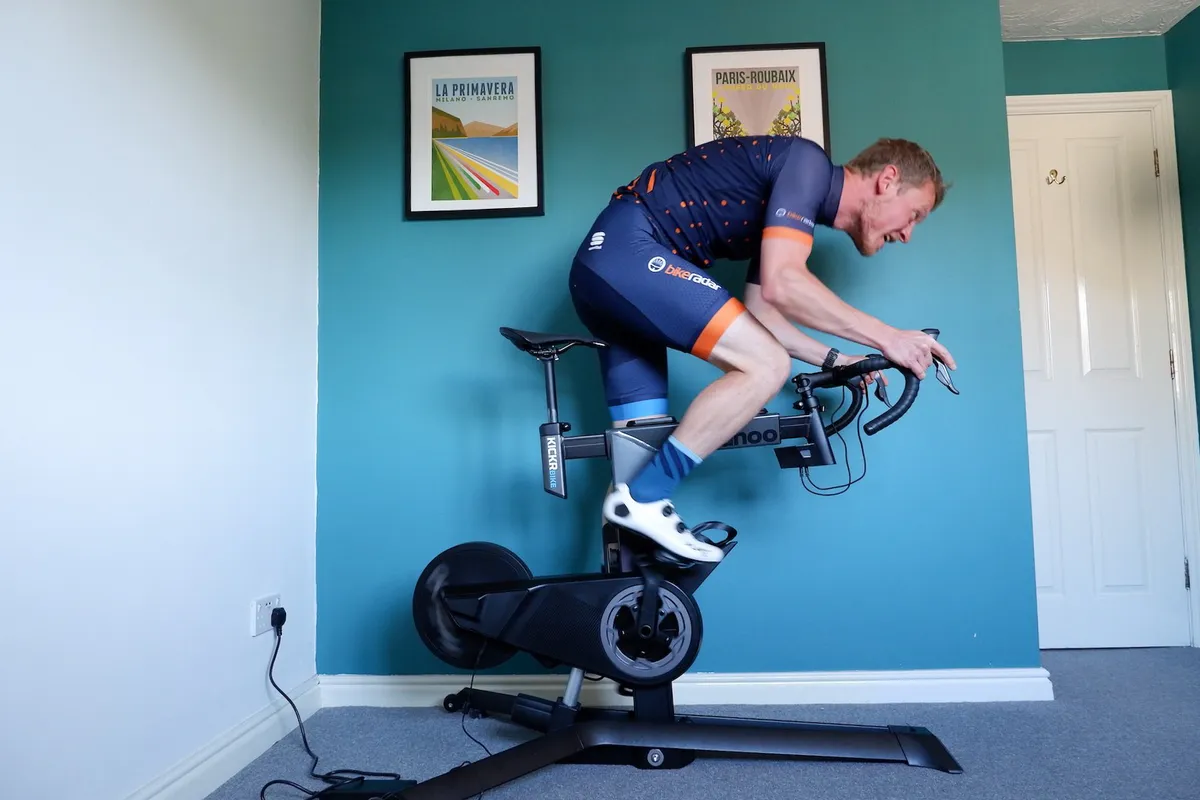The winter months are fast approaching here (in the northern hemisphere) and, with the risk of bad weather or poor light blighting rides, many cyclists will be turning their attention to indoor training.
It’s easy to understand why. Indoor cycling has a range of benefits, from beating bad weather to targeting specific training goals when you’re short on time.
From the pros of the peloton to new cyclists, almost anyone who turns the pedals can benefit from training indoors.
1. Time efficiency

One of the biggest indoor cycling benefits is how little time it takes compared to going for a ride outside. If you’re short on time – and who isn't? – riding indoors can help you squeeze in a training session when you otherwise wouldn’t.
“It’s convenient, it’s set up ready to go and there’s no time-wasting,” says Matt Rowe of Rowe & King Cycle Coaching. “You can get on the bike, warm up, and you’re into a session. Cool down, finish, in the shower, done.
“If you’re planning on doing that outside, you’ve got to find a route and, if you live in a city centre, you’ve got to get out of the city. By the time you’ve even warmed up you could have done your whole session indoors," adds Rowe.
What’s more, and as we’ll come on to, the specificity and uninterrupted nature of indoor cycling means you can make big training gains in a relatively short amount of time
2. Beat bad weather

This one goes without saying. Because indoor cycling takes place out of the elements, you don’t have to deal with the worst of the winter weather – be it rain, wind, snow or ice.
The right winter gear can go a long way to keeping you comfortable outside, but sometimes riding in poor weather is just unpleasant.
There’s safety to consider, too. If the roads are covered in snow or ice, and you don’t want to miss your workout, stick to the indoor trainer.
3. Train with power

Technology has improved significantly in recent years, most notably with the rise of smart trainers and the latest indoor cycling apps.
Smart trainers are equipped with built-in power meters, enabling riders to train with power in order to target specific physiological goals with much greater precision.
Take an FTP test on Zwift to determine your training zones, then you can follow power-based workouts – whether you want to improve your endurance, sprinting or climbing performance.
Smart trainers also offer external resistance control via ERG mode. You can either set a specific wattage for the trainer to lock onto or allow a third-party app to control the trainer based on the demands of your workout or training plan.
That means, if you’re doing an interval training session, you’ll hit the exact numbers required to get the most out of the workout.
4. Ride without interruptions

That leads us to the next benefit: indoor cycling enables you to ride without interruptions.
When riding on the road, it can be hard to complete a specific training session – particularly targeted intervals – without your rhythm being disrupted by the undulating nature of a route, or the need to stop for traffic or junctions.
Indoor training removes those interruptions and uncontrollable variables, so you can focus solely on completing your workout.
5. Keep it consistent

The structured, focused nature of indoor cycling also ensures consistency from one training session to the next. If you have a goal in mind, whether that’s completing your first 100-mile century ride or racing at elite level, indoor cycling enables you to keep your training on track.
On the other hand, if you go on a club ride, the pace of the group and the route will dictate how hard you go. You might have set out to do an endurance ride, but spent more time at VO2 max.
However, it’s important not to lose focus on why we ride – getting out into the great outdoors. You can use indoor training to complement outdoor riding, not replace it.
6. It's more interesting than ever

If your perception of indoor training is slogging away for hours in a cold garage or spare room with just a wall in front of you to look at, then it might be time to rethink a turbo session. Interactive apps, including TrainerRoad, Wahoo SYSTM and Rouvy, have brought indoor training to life.
“The key to training is consistency and having the motivation to get on the bike, and things like Zwift are a great way of motivating yourself to train,” says Matt Bottrill of Matt Bottrill Performance Coaching.
7. Focus on technique

Indoor training enables you to focus on technique, most notably your cadence and pedal stroke.
Bottrill recommends using the indoor trainer to work on your dead spot – where you lose efficiency in your pedal stroke and are not producing any power.
“Doing drills in training to work on your dead spot is a great way of improving, especially for those riders who are new to cycling,” he adds.
8. Train anywhere, at any time

You don’t need to invest in a smart trainer or indoor smart bike to feel the benefits. Most gyms have some form of spin class or static bike, while there are also specialist turbo clubs at certain studios.
You can also combine indoor cycling at the gym with weight training, cross-training or other off-bike exercises, Bottrill says.
That’s particularly the case in winter, when the off-season gives you an opportunity to work on other areas of your performance, alongside targeted sessions on the indoor trainer.
Indoor cycling: how to get started
Want to train indoors? Here are four ways to get started. We have also created a beginner’s guide to indoor cycling, so be sure to check that out before diving in.
You can also read our advice on the best Zwift setups and creating the perfect indoor cycling setup.
Smart trainer

Turbo trainers are the most common form of indoor trainer for cycling and have come a long way in recent years, thanks to the introduction of power-equipped smart trainers.
These not only enable third-party resistance control (so resistance can be controlled via a training app, hence why it’s ‘smart’) but also offer a more realistic ride quality and improved power measurement.
Indoor training bike

For riders who have the space (and budget) for a dedicated indoor training bike, there are a number of models on the market that will leave you with a seriously high-tech piece of kit for your home.
Rollers
Although they might look odd, rollers are essentially a self-propelled treadmill for the bike. Like turbo trainers, they require a bike to be used, but there’s no installing a rear wheel or connecting the drivetrain to a cassette – simply pop your bike on the drums, get up to speed and ride.
Spin class
Most gyms will offer regular group spin classes, while higher-end boutique studios will include clipless pedals and sessions that target specific training techniques, such as HIIT and intervals.
Some even offer power-based training, replicating the type of targeted sessions you might complete on a smart trainer or smart bike.





